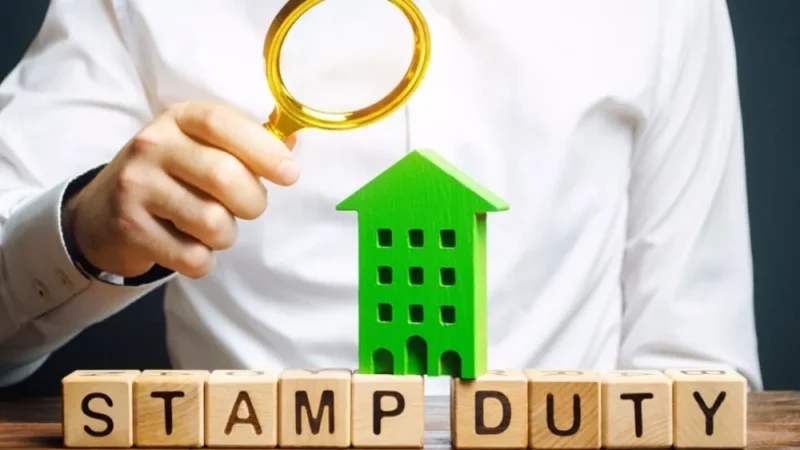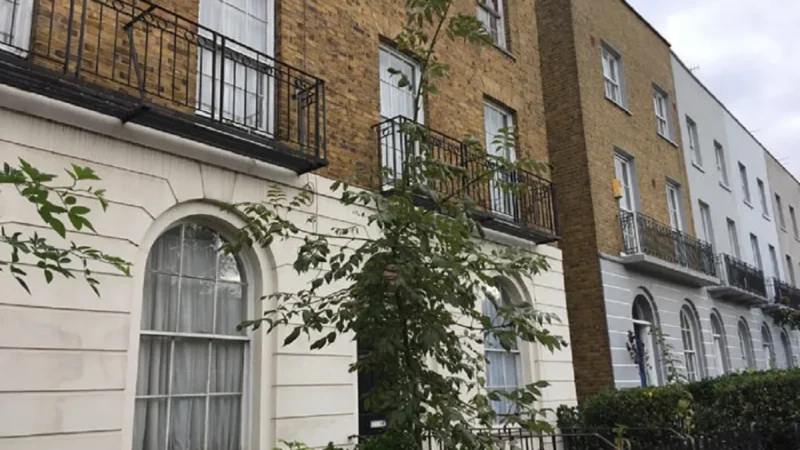Buy to Let Mortgage With Low Deposit

Table of Contents
ToggleLowest Deposit on buy to let mortgages-
Buy to let mortgage minimum deposit-
If you’re interested in purchasing a buy-to-let property but need a large deposit, you may still be able to secure a mortgage with a low deposit. However, it’s important to understand the risks and costs associated with such a mortgage.
Traditionally, lenders require a higher deposit for buy-to-let mortgages than residential ones, as they see them as riskier investments. Most lenders require a deposit of at least 25% of the property’s value, meaning that for a property worth £200,000, you would need a deposit of £50,000.
However, some lenders offer buy-to-let mortgages with lower deposits, typically around 15-20% of the property’s value. This means that for a £200,000 property, you would need a £30,000-£40,000 deposit. While this can make purchasing a buy-to-let property more accessible, it’s important to understand the costs involved.
Firstly, lenders offering buy-to-let mortgages with lower deposits typically charge higher interest rates than those with higher deposits. This is because they see it as a higher-risk investment and want to ensure that they are adequately compensated for this risk. This means that you’ll likely pay more in interest over the mortgage’s lifetime than if you had a larger deposit.
Secondly, some lenders may also require you to have a higher rental income than mortgage payments. This is known as the rental coverage ratio, and it ensures that you can still make the mortgage payments even if the property is vacant or the rental income decreases. Typically, lenders require a rental coverage ratio of around 125%, meaning the rental income must be at least 125% of the mortgage payments. However, some lenders may require a higher rental coverage ratio if you have a low deposit.
Thirdly, you may also need to pay higher arrangement fees and valuation fees with a buy-to-let mortgage with a low deposit. This is because lenders want to ensure they are covering their costs, and may charge higher fees to compensate for the lower deposit.
Despite these costs, purchasing a buy-to-let property with a low deposit can still be wise if done carefully. It’s important to research and ensure that the property will provide a steady income stream and long-term capital growth. It would help if you also considered other costs associated with purchasing a buy-to-let property, such as legal, valuation, and property management fees.
Suppose you’re interested in purchasing a buy-to-let property with a low deposit. In that case, it’s important to speak to a financial advisor or mortgage broker to understand the costs and find the best deal for your financial circumstances. They can help you navigate the process of securing a buy-to-let mortgage and ensure that you make a wise investment that fits your overall financial plan.
Overall, while a buy-to-let mortgage with a low deposit may seem appealing, it’s important to understand the risks and costs involved. With careful planning and research, it can be a wise investment that provides a steady income stream and long-term financial security.






